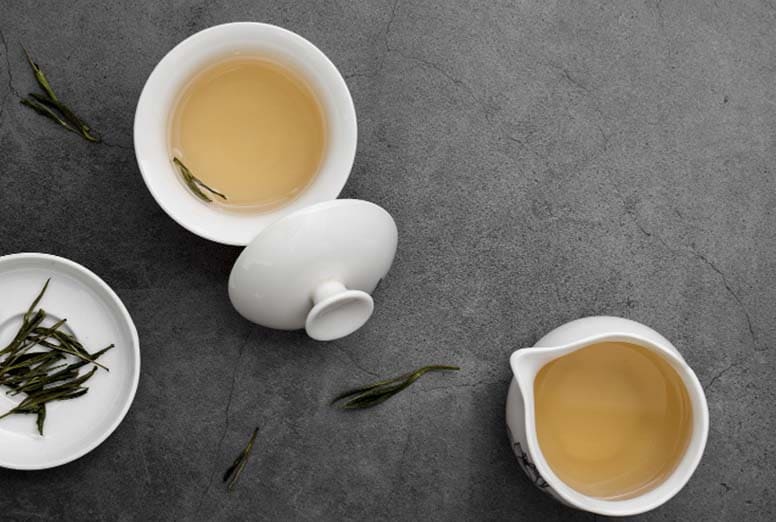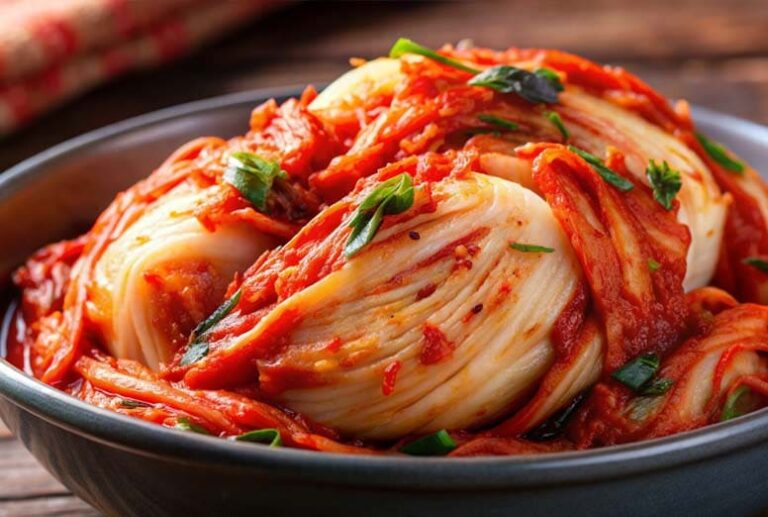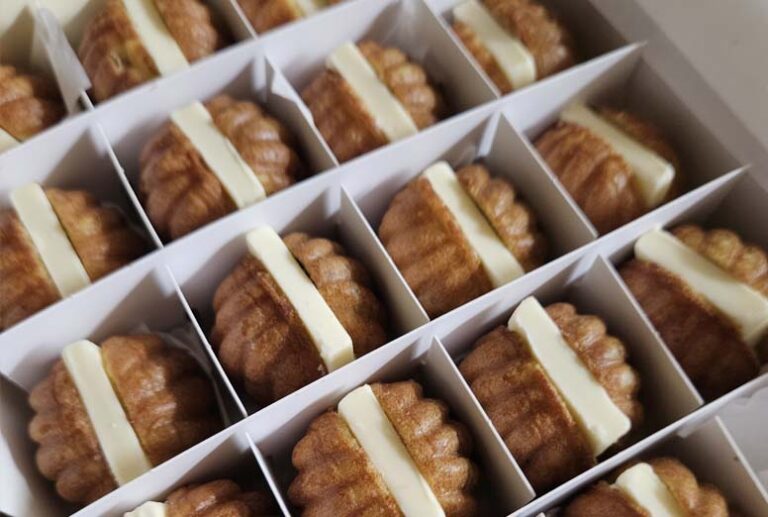Korean Traditional Teas and Their Health Benefits

The Timeless Essence of Korean Traditional Tea
Tea has been a part of Korean life for more than a thousand years. Long before the modern coffee culture arrived, Koreans enjoyed a peaceful tea tradition deeply connected with nature, health, and spirituality. Korean traditional tea, or cha (차), represents more than just a drink — it’s a reflection of balance, mindfulness, and respect for the seasons.
In this article, we’ll explore the most popular types of Korean traditional tea, their unique flavors, how they are made, and why they remain important in modern Korean daily life.
The Cultural Meaning of Korean Tea
Korean tea culture was influenced by both Buddhism and Confucianism. Monks drank tea during meditation for clarity and focus, while Confucian scholars used tea gatherings to discuss philosophy and cultivate calmness.
Unlike Japanese tea ceremonies that emphasize formality, Korean tea culture focuses on natural harmony and simplicity — an appreciation of the ingredients and the moment.
Even today, many families enjoy tea after meals or during gatherings as a quiet moment of connection.
Main Types of Korean Traditional Tea
1. Green Tea (Nokcha, 녹차)
Green tea is the most widely known Korean tea and is considered the base of traditional tea culture. Produced mainly in Boseong and Hadong, it offers a refreshing and grassy flavor.
Health Benefits:
- Rich in antioxidants (catechins) that protect cells from aging
- Improves focus and reduces mental fatigue
- Helps burn fat and support heart health
How It’s Prepared:
Boil water to about 70–80°C, then steep one teaspoon of leaves for 2–3 minutes. Koreans often enjoy the first brew for its mild flavor and the second for its depth.
2. Citron Tea (Yuja-cha, 유자차)
Citron tea is made by preserving slices of yuja (a citrus fruit similar to lemon) in honey or sugar. Unlike leaf-based teas, it’s syrupy and sweet-sour in taste.
Health Benefits:
- High in vitamin C — excellent for preventing colds
- Soothes sore throats and boosts immunity
- Refreshes the body and aids digestion
When to Drink:
Perfect in winter or during flu season. A spoonful of yuja syrup mixed with hot water is a Korean home remedy for colds.
3. Barley Tea (Bori-cha, 보리차)
Barley tea is a staple in every Korean household — often served as a daily drink, both hot and cold.
Health Benefits:
- Improves digestion and cleanses the stomach
- Caffeine-free and suitable for children
- Helps with hydration and mild detoxification
Cultural Note:
Many Korean restaurants serve barley tea instead of water. It’s considered a symbol of hospitality and care.
4. Jujube Tea (Daechu-cha, 대추차)
Made by boiling dried jujubes (Korean dates) with cinnamon or ginger, this tea has a naturally sweet and soothing aroma.
Health Benefits:
- Promotes better blood circulation
- Reduces stress and helps improve sleep quality
- Provides warmth to the body in cold seasons
Jujube tea is often given to people recovering from illness or after childbirth — it’s seen as a comfort tea that heals both body and mind.
5. Ginseng Tea (Insam-cha, 인삼차)
Ginseng tea is perhaps the most famous Korean herbal tea internationally. Made from high-quality Korean ginseng roots, it carries a bitter yet invigorating taste.
Health Benefits:
- Boosts energy and strengthens the immune system
- Improves mental clarity and focus
- Reduces fatigue and increases overall vitality
Ginseng tea is commonly enjoyed by older generations for longevity and stamina.
6. Ginger Tea (Saenggang-cha, 생강차)
Ginger tea has been a natural cold remedy for centuries. It’s prepared by boiling sliced ginger with honey or jujubes.
Health Benefits:
- Improves blood circulation and warms the body
- Relieves nausea and muscle tension
- Strengthens the immune system during winter
The strong aroma of ginger tea makes it a favorite during the cold months, often served after outdoor activities.
7. Corn Tea (Oksusu-cha, 옥수수차)
Corn tea, made from roasted corn kernels, is mild and nutty in flavor.
Health Benefits:
- Good for kidney and bladder health
- Caffeine-free, perfect as an everyday beverage
- Helps remove body waste and support hydration
Corn tea is frequently offered in Korean hospitals and schools because it’s gentle on the stomach.
8. Omija Tea (Omija-cha, 오미자차)
Omija means “five-flavor berry,” representing sweet, sour, bitter, salty, and spicy tastes all in one fruit. This tea is visually stunning, often served cold with honey and ice.
Health Benefits:
- Strengthens liver function and relieves fatigue
- Supports skin health and hydration
- Provides a cooling effect during hot weather
Omija tea is popular in the summer months and a favorite among younger generations seeking healthy refreshments.
How Koreans Enjoy Tea in Daily Life
In Korea, tea is more than a beverage — it’s part of wellness routines.
- Morning: Barley tea or green tea for clarity
- Afternoon: Citron or omija tea for refreshment
- Evening: Jujube or ginger tea for relaxation
Koreans often share tea instead of coffee during home visits or after meals, reflecting hospitality and mindfulness.
Tea in Modern Korean Culture
Today’s younger generations are rediscovering tea in modern ways — blending traditional flavors with café aesthetics. Trendy tea houses in Seoul offer handcrafted brews with modern presentations, like iced ginseng tea or omija sparkling drinks.
Some tea brands also export Korean herbal teas worldwide, promoting the concept of “well-being through simplicity.”
Final Thoughts: A Cup of Korean Tradition
Korean traditional tea is not just a drink — it’s a living tradition that connects people with nature and health. Whether it’s the freshness of green tea, the warmth of jujube, or the vitality of ginseng, each cup tells a story of Korea’s harmony with nature.
If you’re planning to explore Korean culture, try visiting a tea house (dabang or cha-jip) to experience this calm and meaningful part of daily life.





